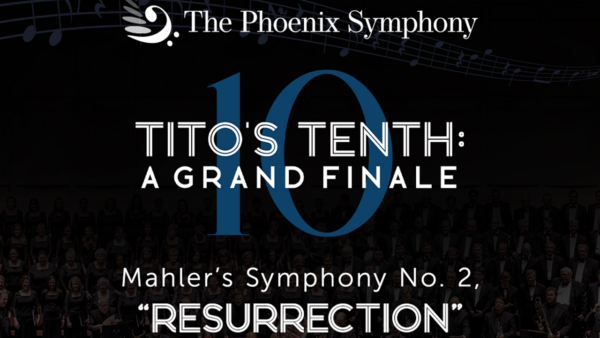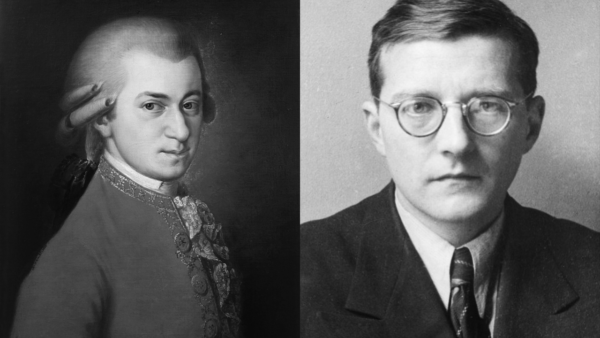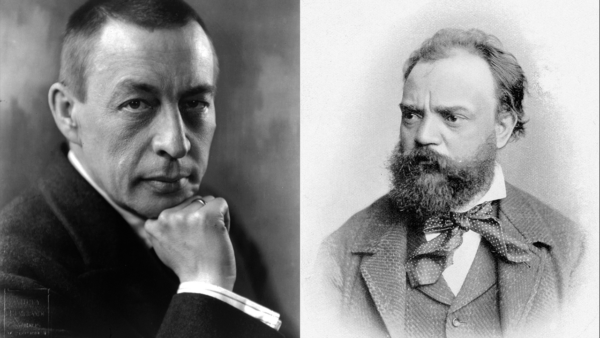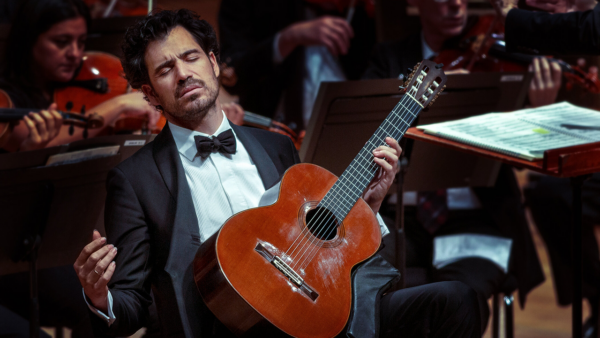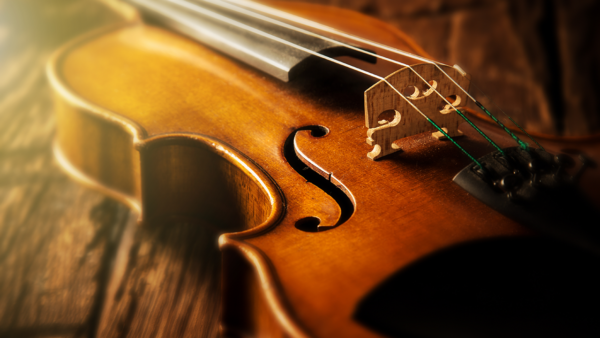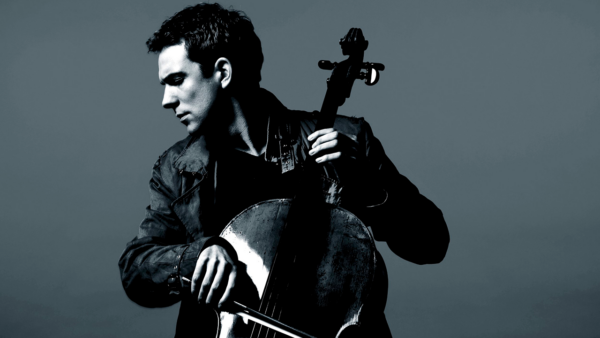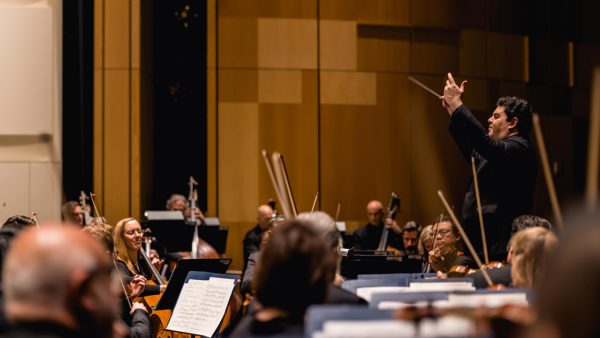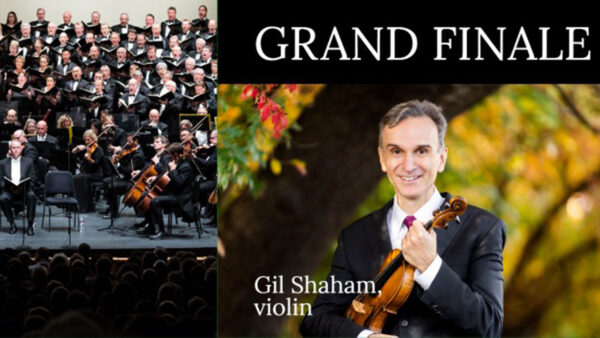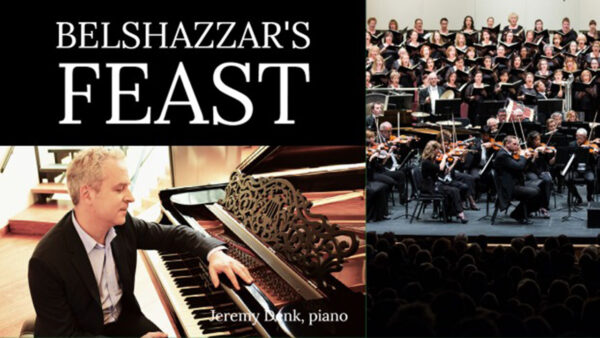French Connection
Nov. 6, 2023
“French Impressionism” can conjure up all sorts of imagery in one’s mind from landscapes of dappled sunlight to ballet dancers at the barre. Musical experiments in impressionism explore the possibilities of sound and color and revolutionize music with lush soundscapes or turn the seemingly mundane events, like a faun waking from a nap, into the most fascinating musical depictions possible. We explore French Connections with Virginia G. Piper Music Director Tito Muñoz who conducts the next concert by The Phoenix Symphony, on Monday evening at 7:00 p.m. on 89.5 Classical KBACH, KNAU Arizona Public Radio, and DTV 8.5 Classical Arizona PBS. This concert was recorded on March 25, 2023.
Debussy
We start with the music of Claude Debussy. As he experimented with musical impressionism he said, “I love music passionately. And because I love her, I try to free her from the chains that bind her.” In fact, members of the Academie des Beaux Arts had a rather violent reaction to Debussy’s impressionistic revolution saying that, “M. Debussy seems today tormented by the desire to produce the bizarre, the incomprehensible, and the unperformable.”
A groundbreaking demonstration of that revolution in action was Debussy’s Prelude to the Afternoon of a Faun. It started life simply as an orchestral prelude in 1894 but when paired with the choreography of Vaslav Nijinski in 1912 for Ballets Russes, it was earth-shattering. Attendees were shocked at the premiere with one critic condemning the work for its “vile movements of erotic bestiality and gestures of heavy shamelessness.” Thankfully, such reactions are not the norm today, especially on the concert stage!
Dutilleux
We jump ahead to 1970 and Henri Dutilleux’s Tout un monde lointain…(A Whole Remote World…). The work was commissioned by Igor Markevitch and premiered by Mstislav Rostropovich. Although the work is offically considered a concertante for cello and orchestra, it has generally been regarded as an essential modern concerto. The work is in five movements, each of which is aligned with a quote from a volume of French poetry by Claude Baudelaire. The movements are:
- Enigma: “… And in this strange and symbolic nature”
- Gaze: “… the poison that flows from your eyes, from your green eyes,
lakes in which my soul trembles and sees itself upside down” - Surges: “… You contain, sea of ebony, a dazzling dream of sails, of rowers, of flames and of masts…”
- Mirrors: “… Our two hearts will be two large torches that will reflect their double lights
in our two spirits, those twin mirrors…” - Hymn: “Keep your dreams: wise men do not have as beautiful ones as fools!”
The work is full of vibrant and unique musical expositions, yet curiously ends with a musical ellipsis, fading quietly, much like the ellipsis that is in the work’s title, Tout un monde lointain… Our guest soloist for this performance is California-born Juilliard graduate, Jay Campbell.
Ravel
The second half of the program opens with Maurice Ravel’s 1899 Pavane for a Dead Princess. He wrote the work for solo piano when he was a student at the Paris Conservatory studying with Gabriel Fauré. He would orchestrate it ten years later.
Ravel described the piece as, “an evocation of a pavane that a little princess might, in former times, have danced at the Spanish court.” A Pavane is a slow processional dance popular in the 16th and 17th centuries.
Even if Ravel intended for the piece to be played very slowly, he complained that some played it too slowly, joking that the piece was called “Pavane for a dead princess,” not “dead pavane for a princess.” Still, Ravel said “Do not be surprised that title has nothing to do with the composition. I simply liked the sound of those words and I put them there.”
Debussy
The final work on the concert is Claude Debussy’s lush and sumptuous La Mer. Debussy once said, “Music is the expression of the movement of the waters, the play of curves described by changing breezes.” He must have had that in mind when he wrote La Mer. And while he visited the shore and saw the sea as a child, which he recalled fondly, he turned to works of art depicting the sea: “preferring the seascapes available in painting and literature.”
Much like his Prelude to the Afternoon of a Faun, the work is meant to be evocative, depicting various moods of the sea. The three movements are dubbed Dawn till Noon on the Sea, Play of the Waves and Dialogue of the Wind and the Sea. All create the illusion of these events and encourage the listener to engage with the work and their imagination actively.
Jolivet and Ravel
We complete the program with exciting and atmospheric works from the archive: André Jolivet’s Trumpet Concerto No. 2 in a brilliant performance by trumpeter Brian Shaw with the Louisiana State University Band led by Damon Talley; Ravel’s popular Mother Goose Suite with the ASU Symphony Orchestra conducted by Yun Song Tay; and a potpourri of children’s melodies called Children’s Overture by Eugène Bozza with the ASU Wind Ensemble. All of these were recorded live at the ASU Gammage Auditorium on February 8, 2020.
Tune in on Monday night to The Phoenix Symphony broadcast on Classical Arizona PBS. You can hear these concerts through the end of November on 89.5 Classical KBACH and DTV 8.5.
Featured in this episode:
Debussy - Prelude Afternoon of a Faun - The Phoenix Symphony; Tito Muñoz, conductor
Dutilleux - Tout un monde lointain... (A Whole Remote World...) -The Phoenix Symphony; Tito Muñoz, conductor; Jay Campbell, cello
I. Enigme (Enigma)
II. Regard (Gaze)
III. Houles (Surges)
IV. Miroirs (Mirrors)
V. Hymne (Hymn)
Ravel - Pavane for a Dead Princess - The Phoenix Symphony; Tito Muñoz, conductor
Debussy - La mer (The Sea) - The Phoenix Symphony; Tito Muñoz, conductor
I. From Dawn to Noon on the Sea
II. Play of the Waves
III. Dialogue of Wind and Sea
Jolivet - Concerto for Trumpet No. 2 - Louisiana State University Band; Damon Talley, conductor; Brian Shaw, trumpet
I. Mesto Concitato
II. Grave
III. Giocoso
Ravel - Ma Mère I'Oye - ASU Symphony Orchestra; Yun Song Tay, conductor
I. Pavane de la Belle au bois dormant: Lent
II. Petit Poucet: Très modèrè
III. Laideronnette, impératrice des pagodes: Mouvt de marche
IV. Les entrentiens de la belle et de la bête: Mouvt de valse trés modéré
V. Le jardin férique: Lent et grave









